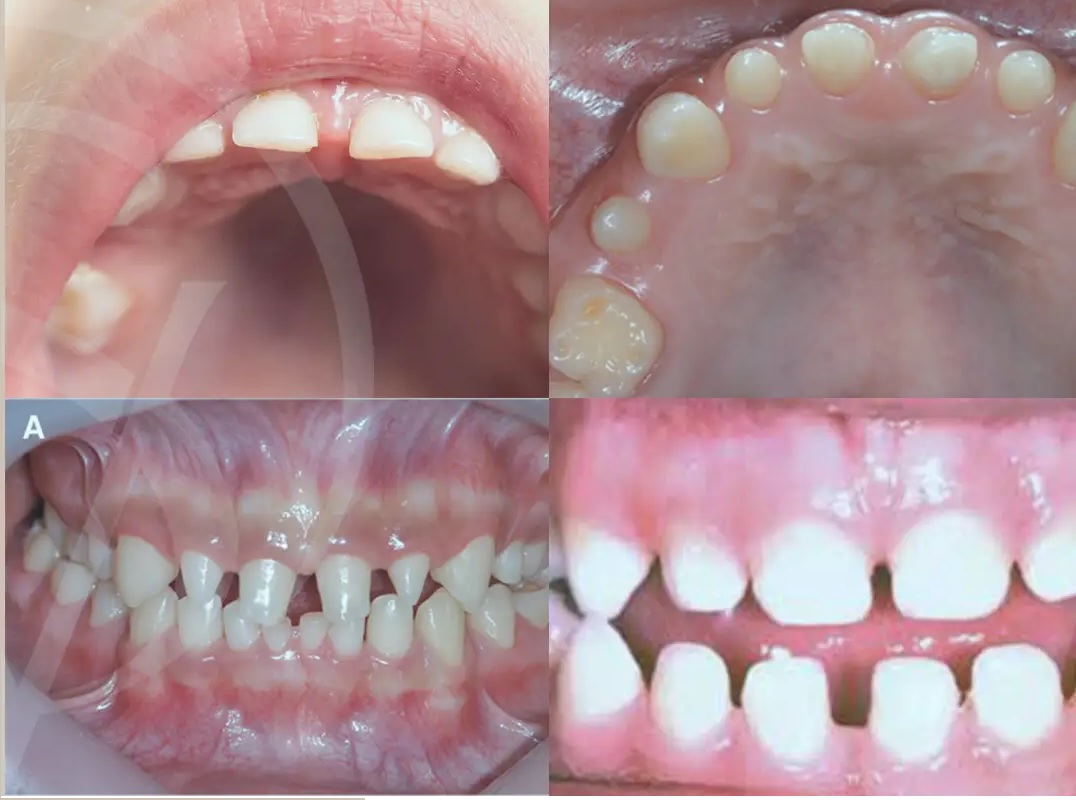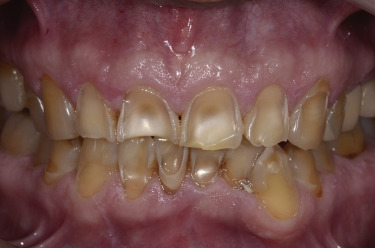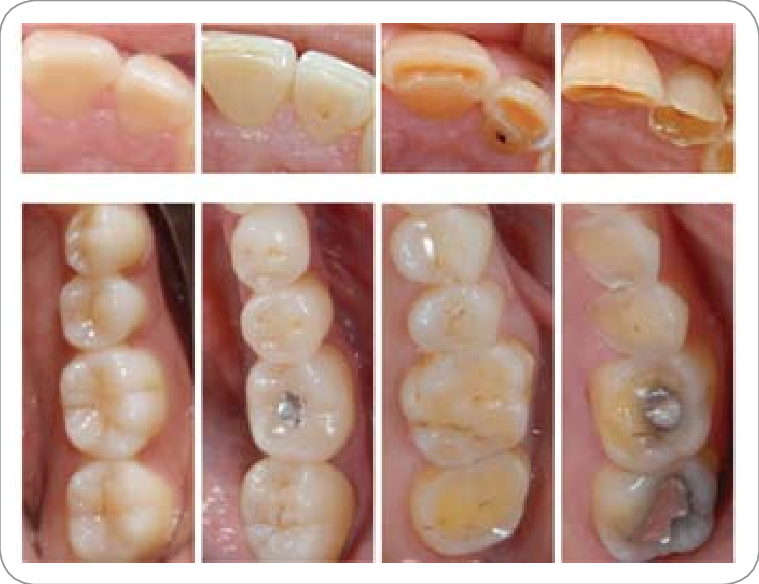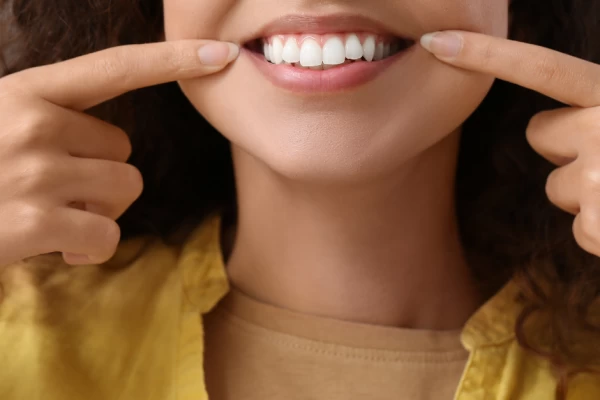Genetic Factors Affecting Teeth Size: How DNA Shapes Your Smile

Your smile is uniquely yours, but the size and shape of your teeth aren’t just random. They are, in fact, influenced by your genes, just like your eye color, height, and other physical traits. For many people, having teeth that are either too large, too small, or unusually shaped can be a source of concern. Understanding how genetic factors affect teeth size can help explain why you may have small or large teeth compared to others.
In this blog post, we will explore the relationship between genetics and dental development, dive into conditions such as microdontia and macrodontia, and provide insights on how you can address cosmetic or functional concerns related to your teeth size.
How Genetics Influence Teeth Size and Shape
Just as your DNA dictates your body structure, your genes also determine the size, shape, and alignment of your teeth. Genetic factors are primarily responsible for the differences in tooth size that occur between individuals. These factors impact tooth formation at the embryonic stage and continue to affect dental development throughout childhood and adolescence.
Key Genetic Influences on Tooth Size:
- Inherited Traits: Teeth size is often a hereditary trait. If one or both parents have small or large teeth, their children are likely to inherit similar characteristics.
- Jaw Size and Proportions: Genetic factors also control the size of the jaw. If you have a large jaw but relatively small teeth, they may appear disproportionately small, and vice versa.
- Tooth Shape and Structure: Apart from size, the shape of your teeth — whether they are round, square, or pointed — is also determined by your genetic makeup.
Discover more about the role of genetics in dental structure and how it influences your overall oral health.
Conditions Linked to Genetics and Teeth Size
While most individuals have teeth that fall within a standard size range, certain genetic conditions can cause teeth to be smaller or larger than average. Below are some of the most common conditions linked to genetic abnormalities affecting teeth size:
1. Microdontia (Small Teeth)
Microdontia is a genetic condition where one or more teeth appear smaller than normal. This can occur in a localized form, affecting just one or two teeth, or it can be more generalized, impacting multiple teeth. Individuals with microdontia often have teeth that look unusually small in proportion to their jaw and other facial features.
Types of Microdontia:
- True Generalized Microdontia: All teeth are smaller than average, often linked to rare genetic disorders such as pituitary dwarfism.
- Relative Microdontia: Teeth may appear small due to the jaw size being larger than normal, even if the teeth are of average size.
- Localized Microdontia: Only one or two teeth are abnormally small, commonly affecting the lateral incisors or third molars (wisdom teeth).
Learn more about the genetic basis of microdontia and other tooth anomalies.
2. Macrodontia (Large Teeth)
Macrodontia is the opposite of microdontia, where the teeth are larger than normal. This condition can be linked to certain genetic syndromes such as hemifacial hyperplasia, which causes one side of the face, including the teeth, to grow larger than the other side. In more common cases, macrodontia may affect only specific teeth, giving a disproportionate appearance to the smile.
3. Genetic Syndromes Affecting Teeth Size
In some instances, syndromes with a genetic origin can significantly affect dental development. Examples include:
- Down Syndrome: People with Down syndrome often experience dental anomalies, including small teeth, delayed tooth eruption, and spacing issues.
- Ectodermal Dysplasia: This genetic condition affects the development of hair, skin, nails, and teeth, often leading to small, pointed teeth (conical teeth) and other dental irregularities.
Internally link: Read more about genetic syndromes that affect dental health and the implications for treatment and management.
The Role of Evolution and Genetics in Tooth Size
Teeth size in humans has evolved over centuries due to changes in diet, environment, and genetic adaptation. Ancient humans had larger teeth and jaws to help process tougher foods like raw meat and fibrous plants. As human diets shifted to softer, cooked foods, the need for large teeth and powerful jaws diminished. Today, variations in tooth size can still be traced back to evolutionary patterns.
Evolutionary Impact on Teeth:
- Smaller Jaw Sizes: Modern humans tend to have smaller jaws compared to our ancestors, leading to overcrowding issues and impacted wisdom teeth.
- Selective Pressure: Changes in diet and the evolution of cooking practices have gradually reduced the selective pressure for larger, more robust teeth.
These evolutionary changes, combined with genetic inheritance, contribute to the wide diversity of tooth sizes seen today.
Explore the evolution of human teeth and how modern dental issues like overcrowding have evolved over time.
Addressing Concerns Related to Tooth Size
If you have small teeth or large teeth and are concerned about how they affect your appearance or function, there are several cosmetic and restorative dental options available to address these concerns. Cosmetic dentistry can help you achieve a more balanced smile, regardless of your genetic predisposition.
1. Veneers and Crowns
For individuals with small teeth (due to microdontia or other causes), dental veneers or crowns are excellent options. Veneers are thin shells that are custom-made to fit over the front of your teeth, while crowns cover the entire tooth, providing additional length and improving the overall appearance.
2. Orthodontics (Braces or Invisalign)
In cases where small or large teeth cause misalignment or overcrowding, orthodontic treatment may be recommended. Braces or Invisalign can help straighten your teeth and correct bite issues, creating a more aesthetically pleasing and functional smile.
3. Gum Contouring
Sometimes, teeth may appear smaller due to excess gum tissue, a condition known as a gummy smile. In such cases, gum contouring can be performed to remove the excess gum tissue, making the teeth appear larger and more proportionate.
4. Dental Bonding
For those with small adult teeth or minor size discrepancies, dental bonding can be a cost-effective solution. A tooth-colored resin is applied to the teeth to add volume, improving the appearance of small or uneven teeth.
Find out more about cosmetic solutions for tooth size, including veneers, crowns, and orthodontics.
When to Consult a Dentist About Your Teeth Size
If you’re unhappy with the size of your teeth or if their small or large size is affecting your bite or dental health, it’s important to consult a dentist or orthodontist. They can assess the structure of your teeth and jaw and recommend personalized treatment options based on your needs. Whether it’s enhancing the appearance of small teeth or correcting functional issues caused by large teeth, a dental professional can guide you in the right direction.
Find a detailed guide on choosing the right cosmetic dental treatment for your concerns.
Conclusion
Your genes play a significant role in determining the size and shape of your teeth. From microdontia to macrodontia, genetic factors can influence whether you have small or large teeth, and these conditions can affect not just your appearance but also your dental function. Understanding the genetic basis behind these variations can help you make informed decisions about how to address any concerns related to tooth size.
If you suspect that your teeth size is influenced by a genetic condition or if you’re unhappy with the appearance of your smile, consult with a dental professional to explore the cosmetic and restorative options available to you.
Related Posts You Might Like:
- Microdontia: Causes and Treatment Options for Small Teeth
- Understanding Macrodontia: Managing Large Teeth
- Evolution of Human Teeth: How Genetics and Diet Shaped Our Smiles










0 Comments on “Genetic Factors Affecting Teeth Size: How DNA Shapes Your Smile”